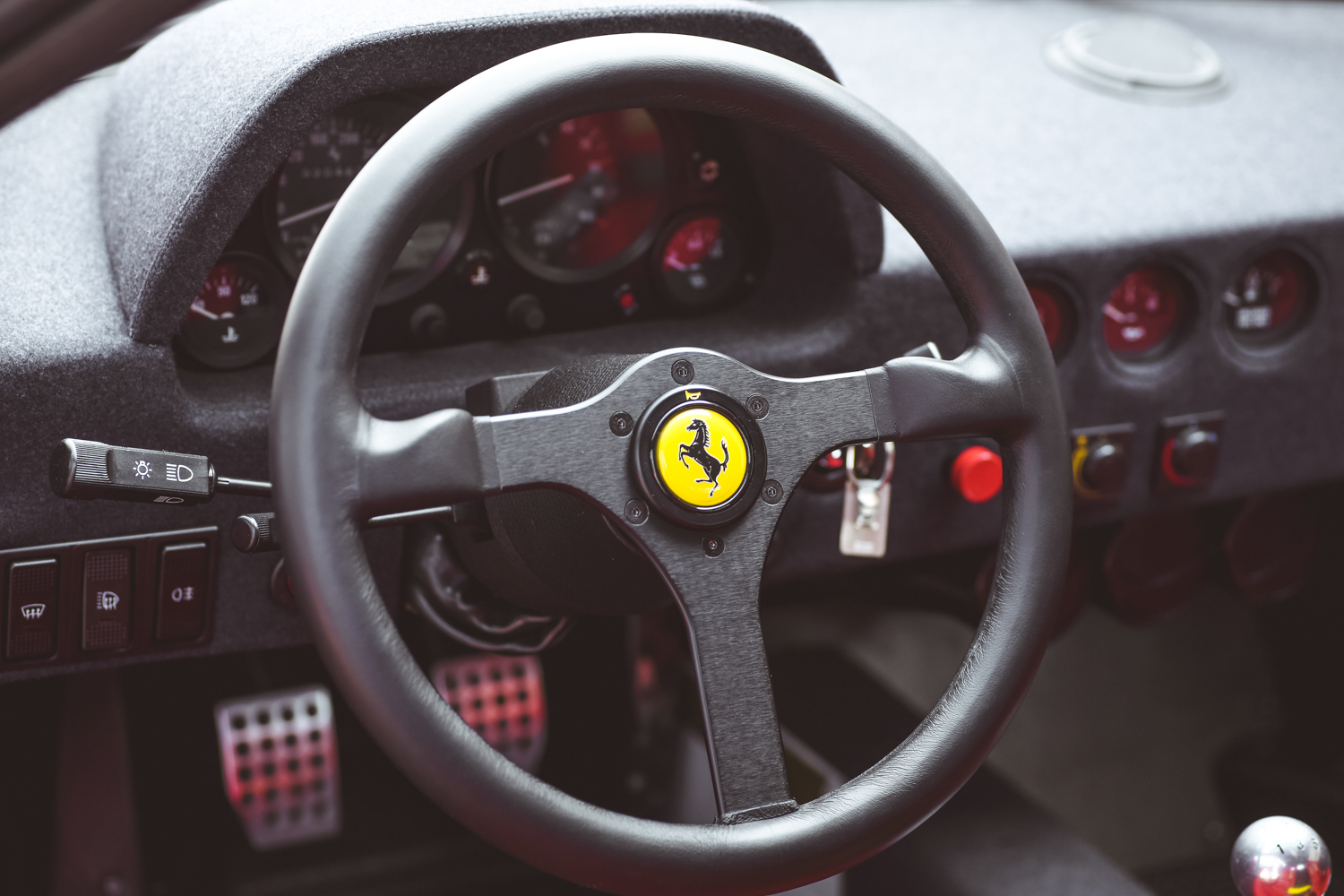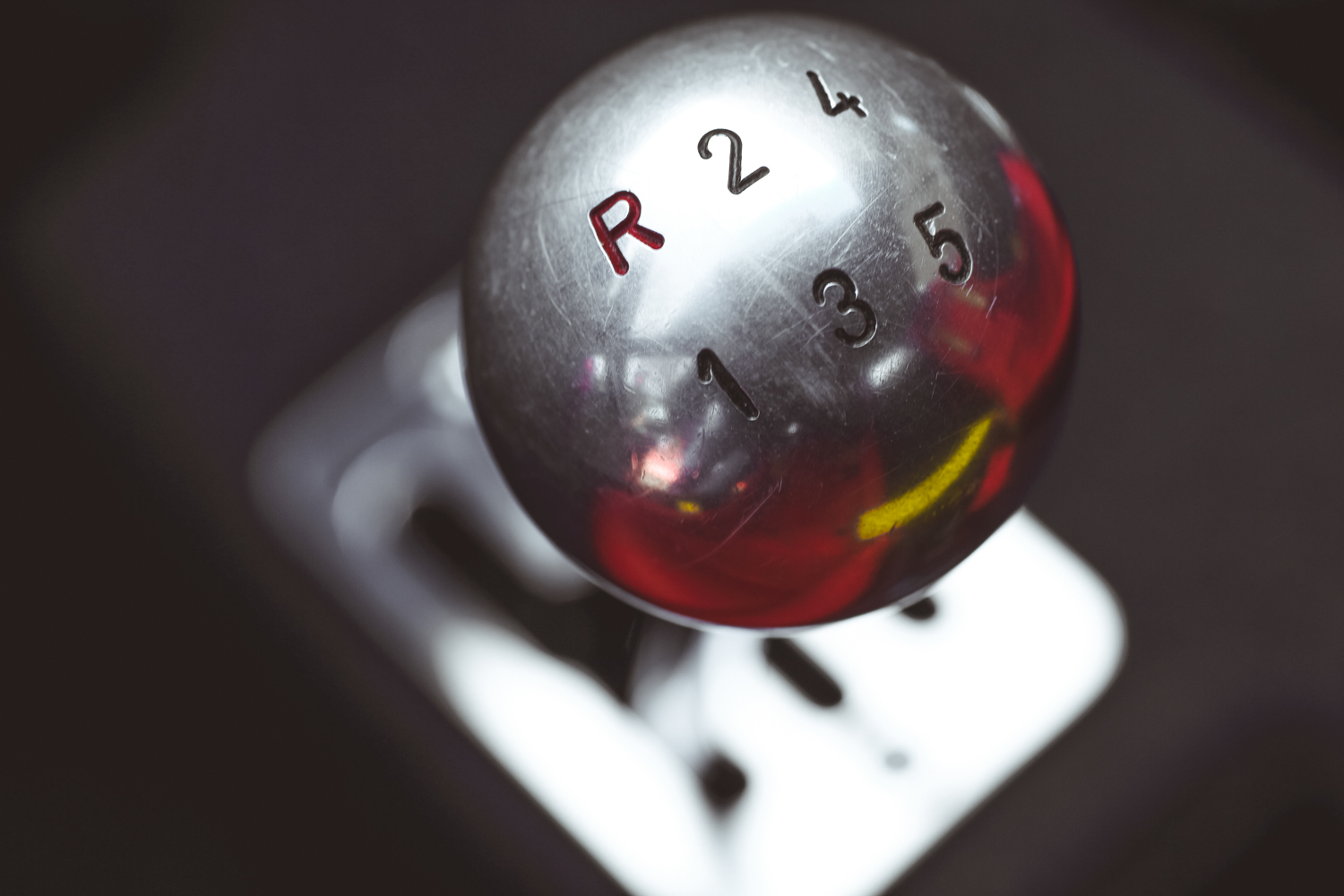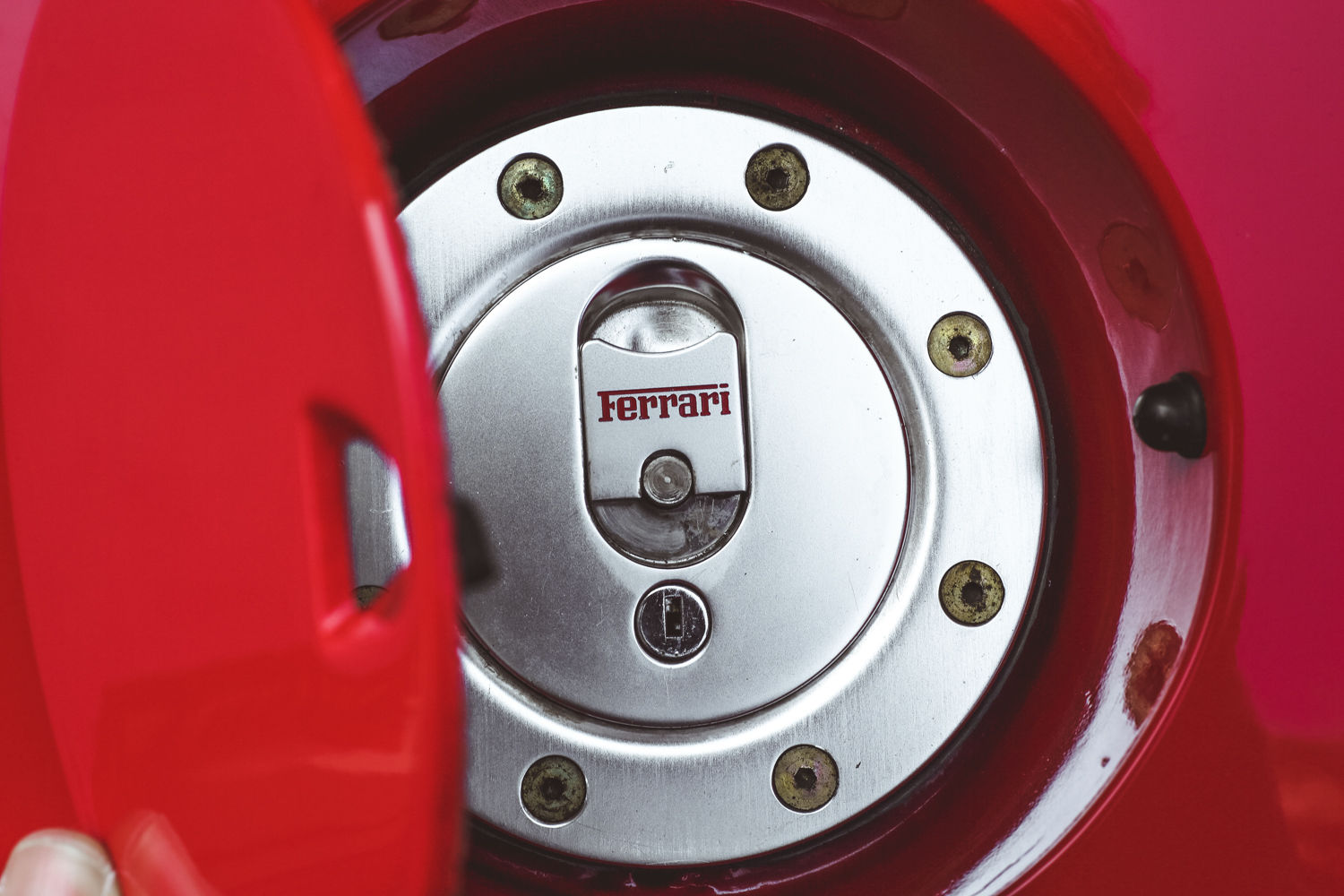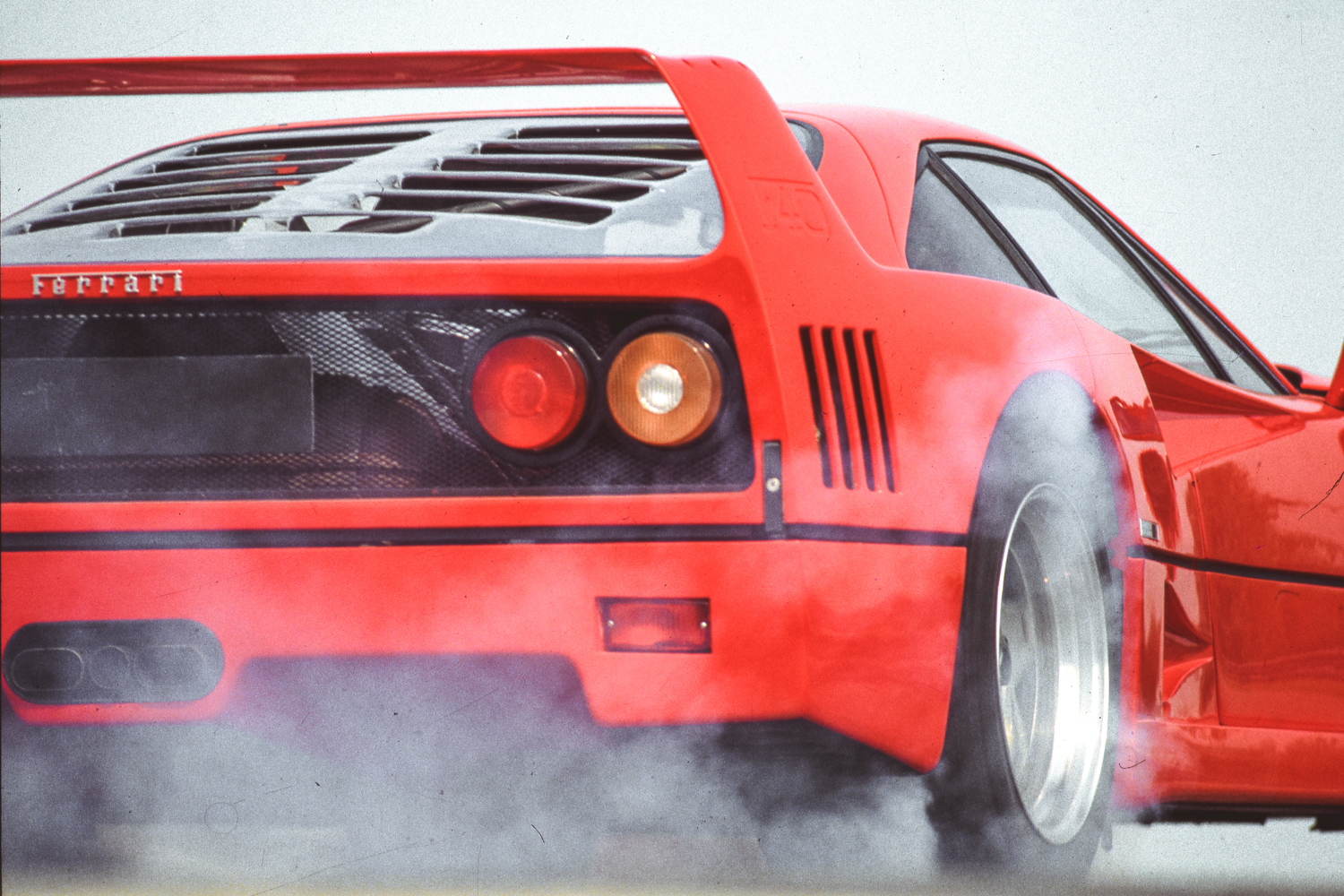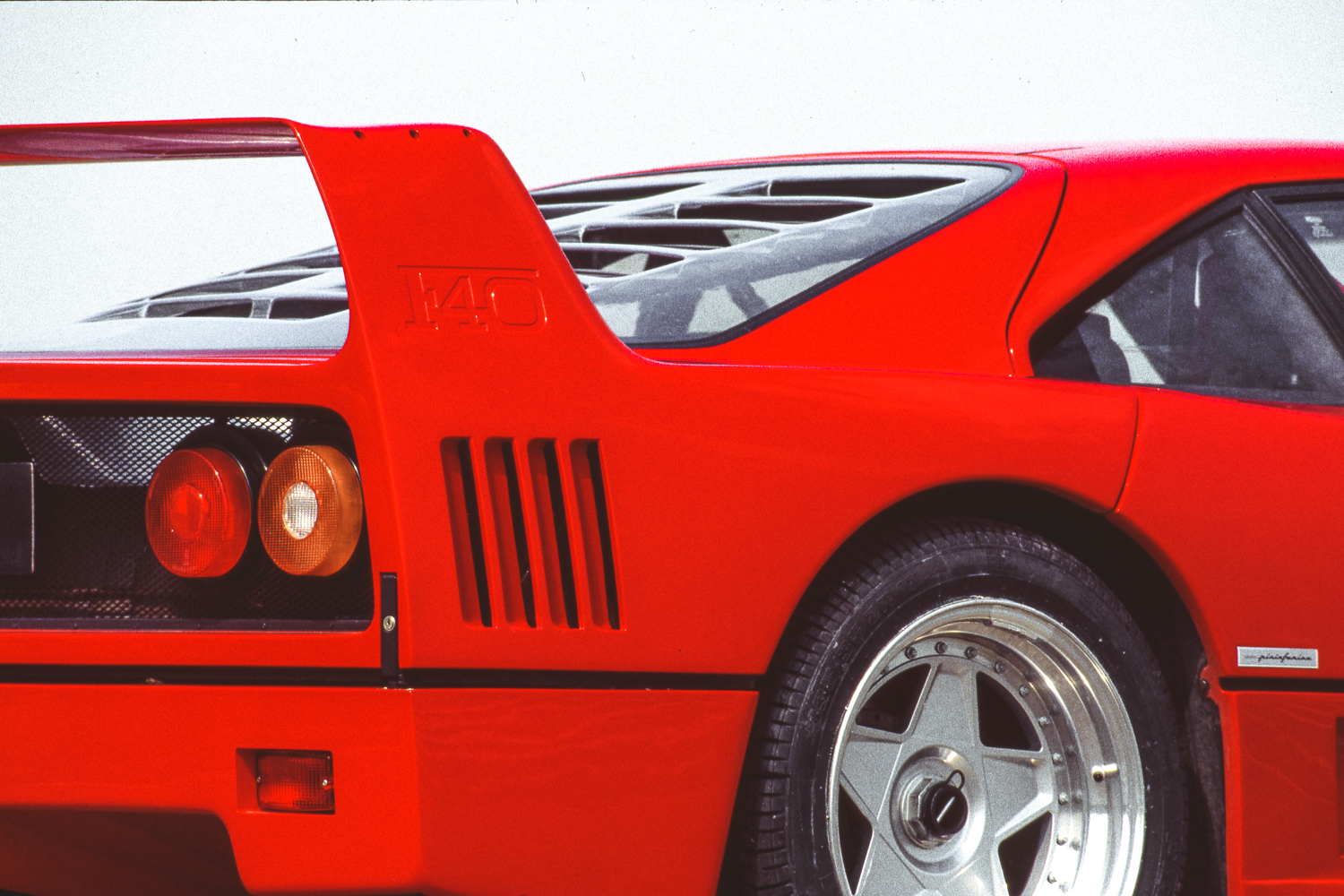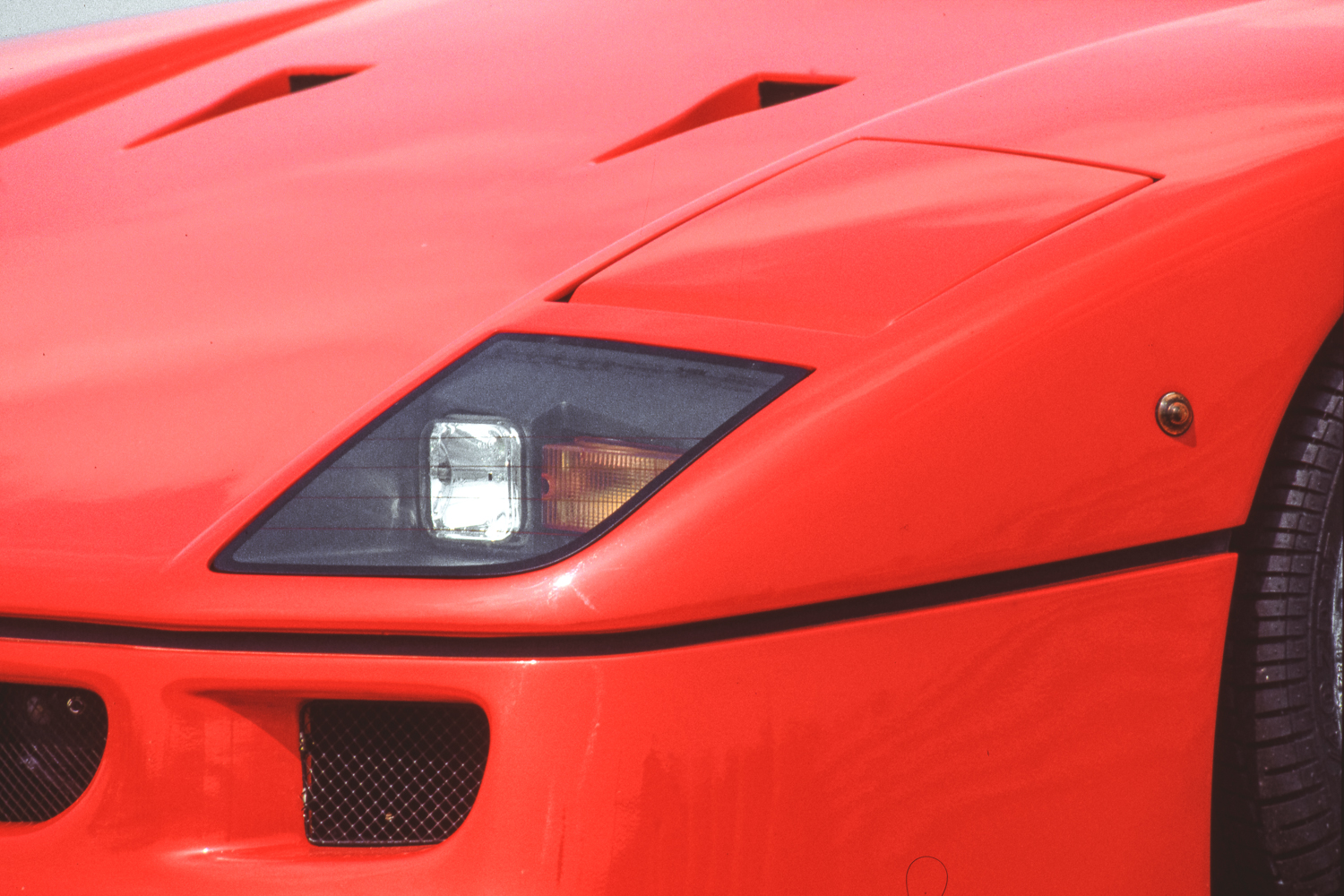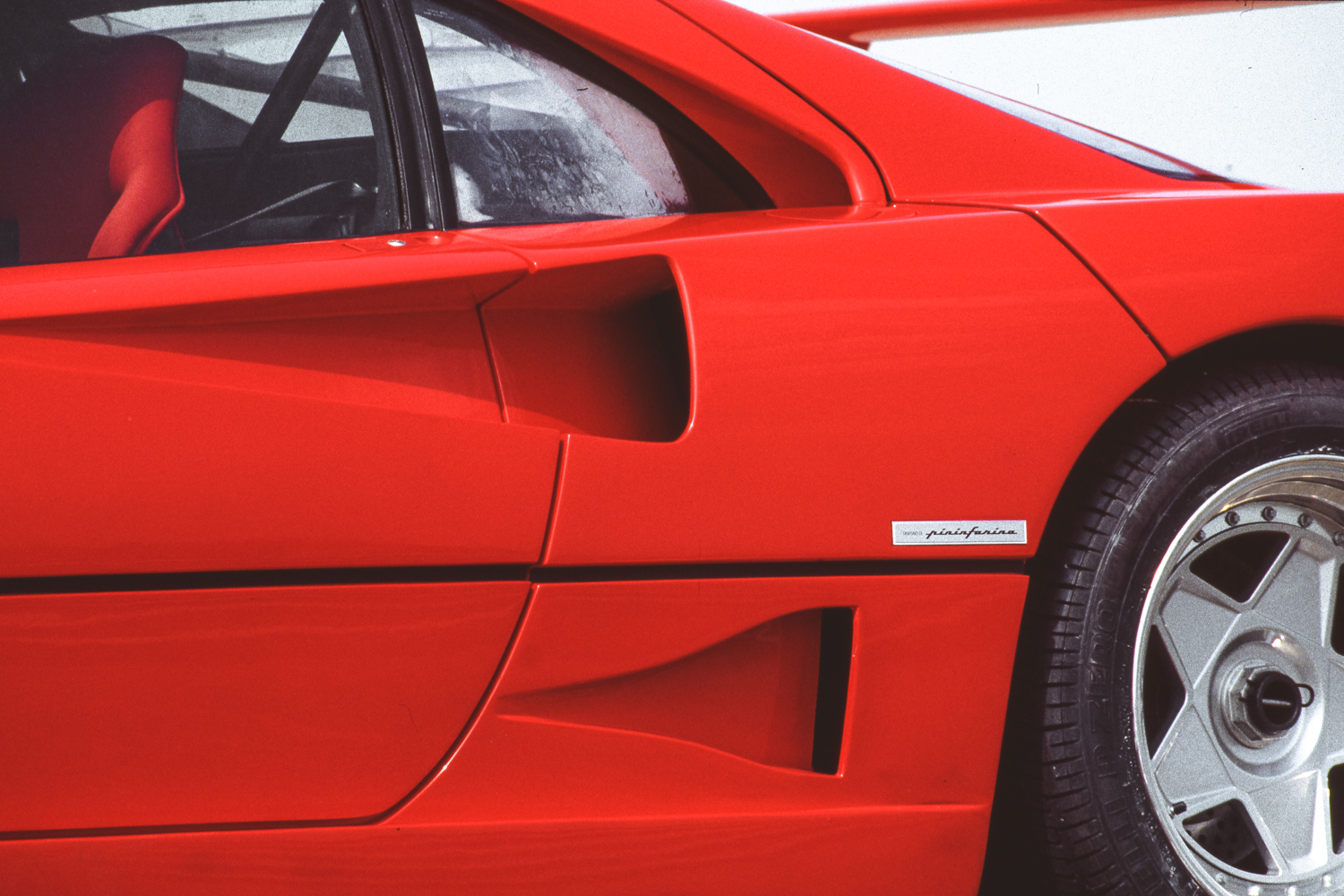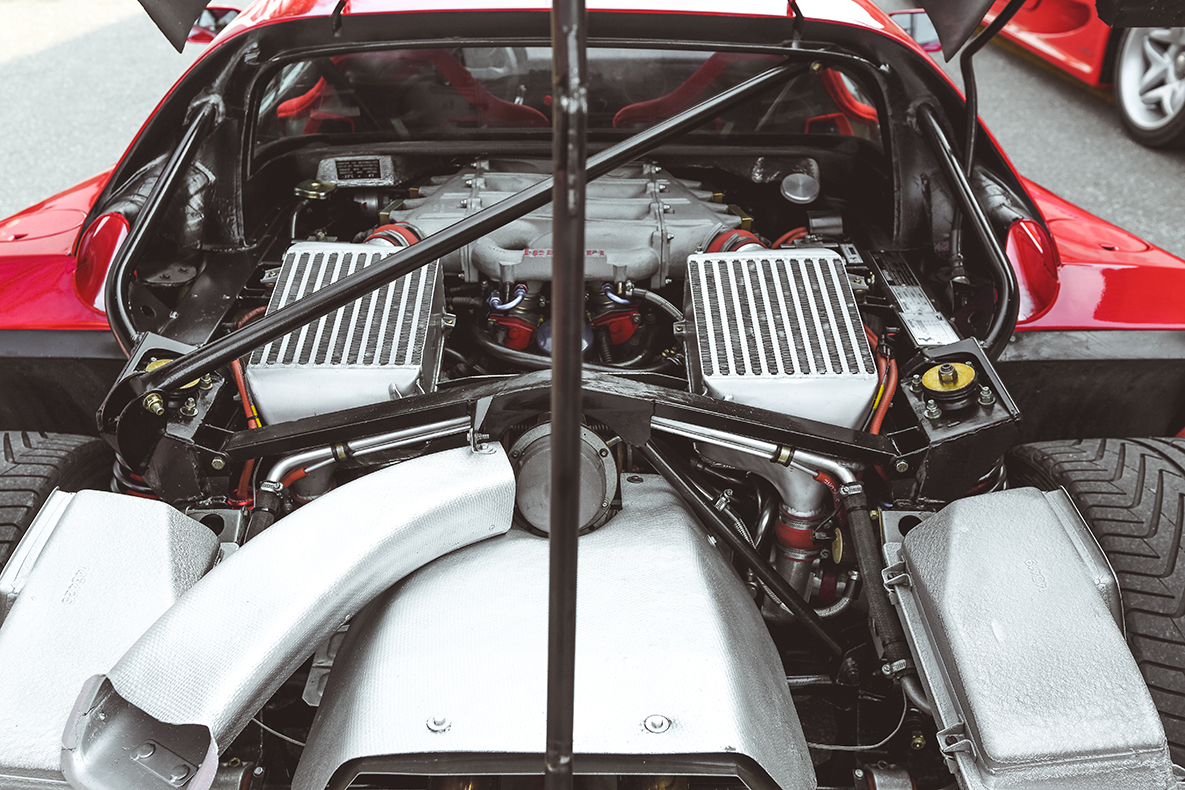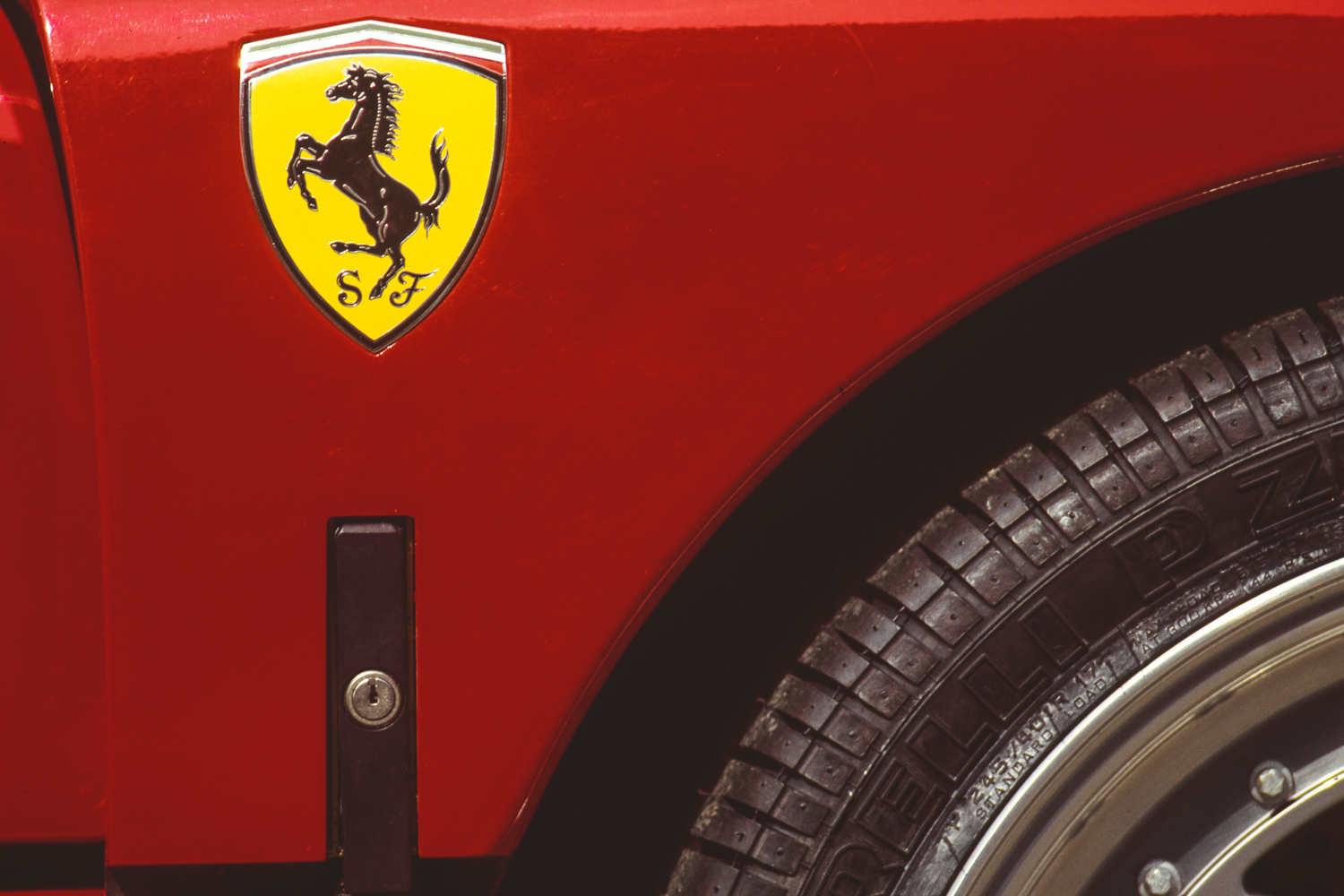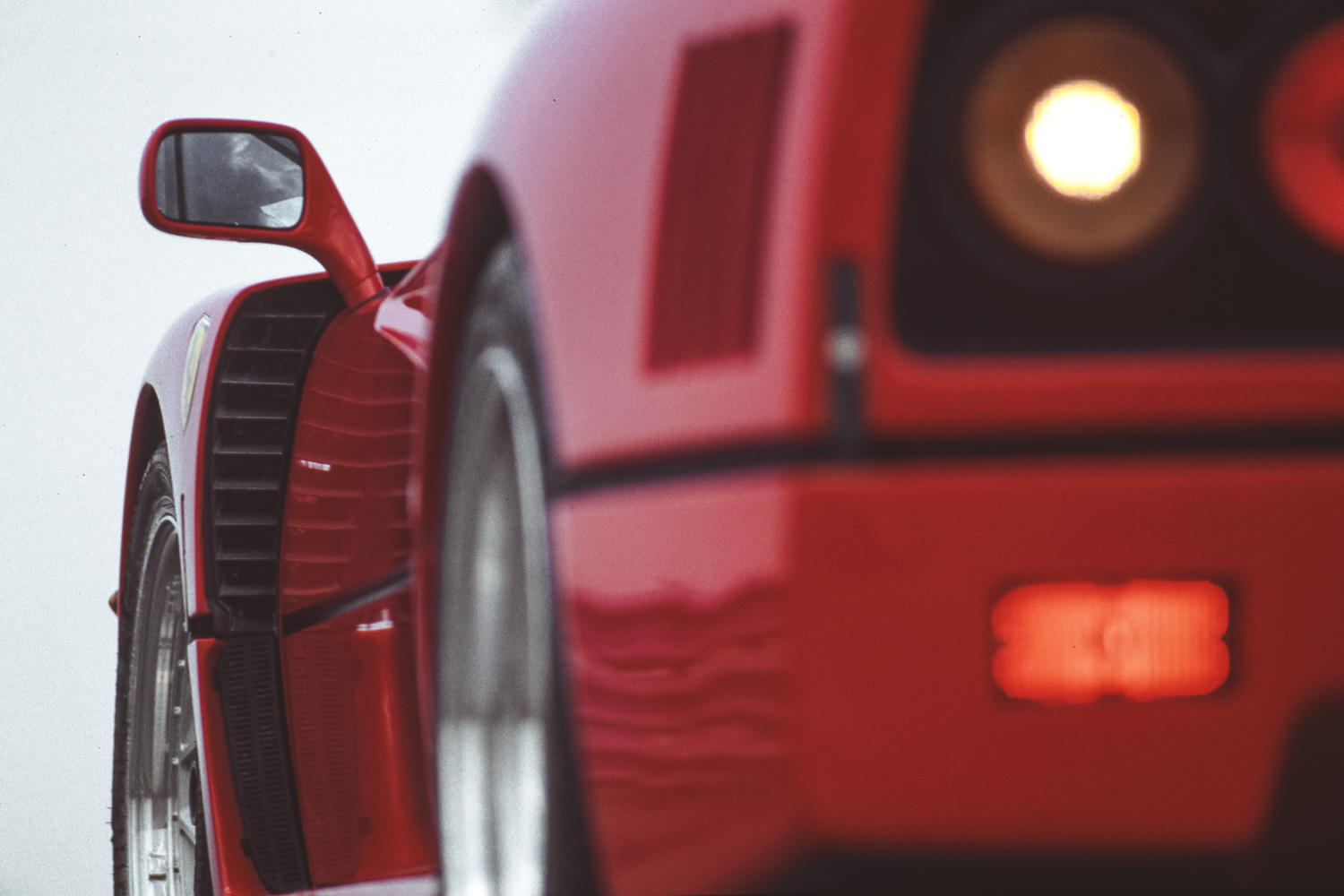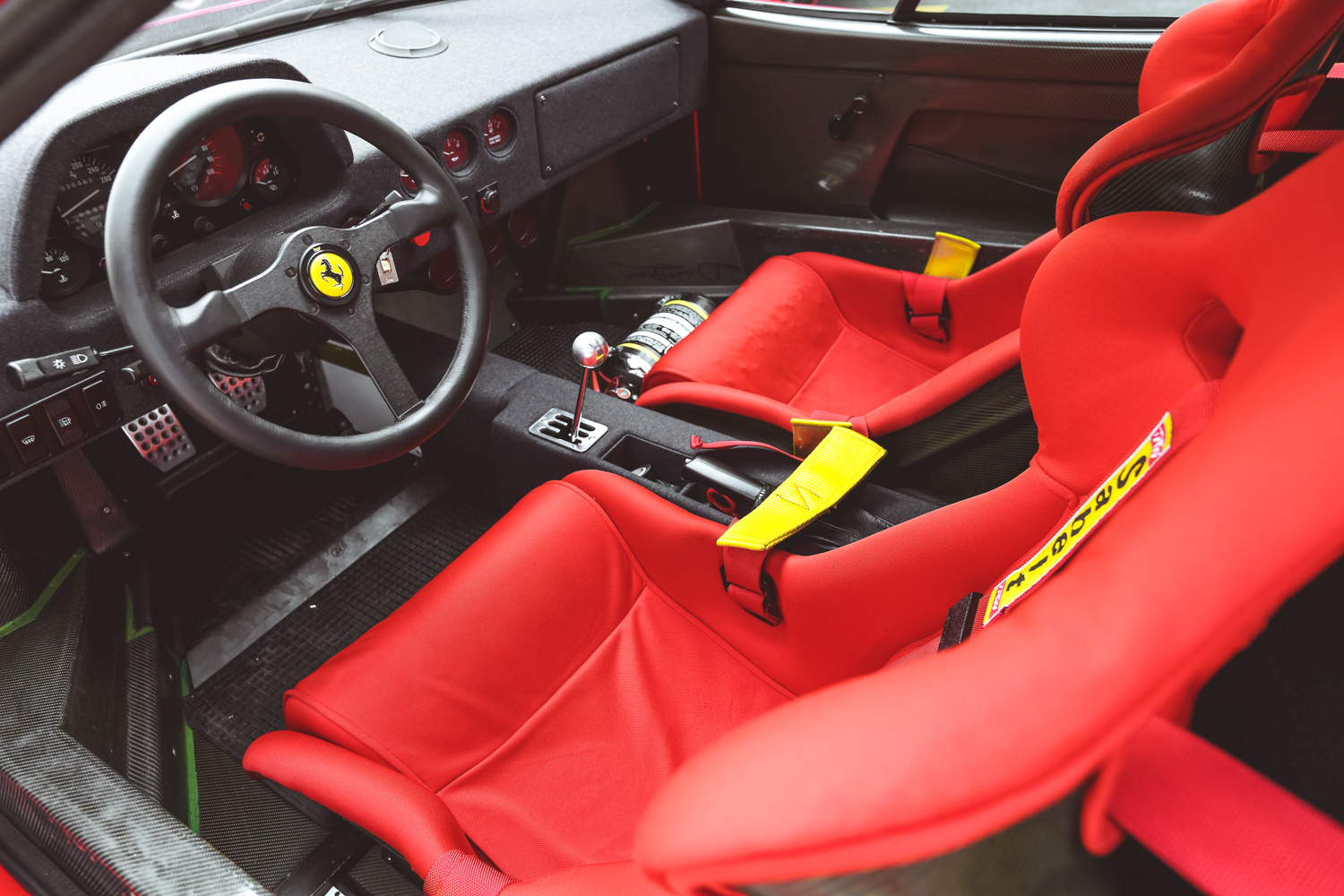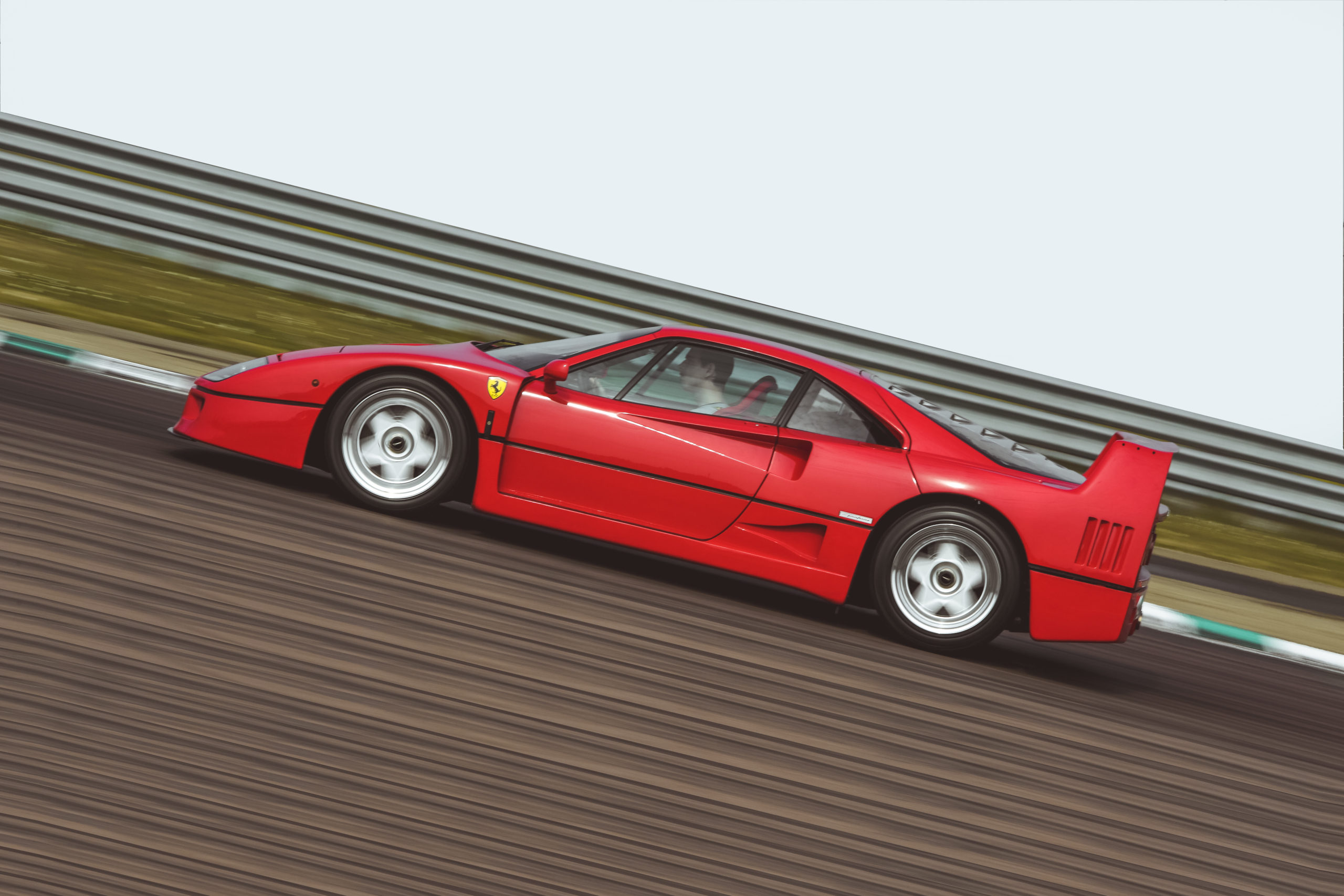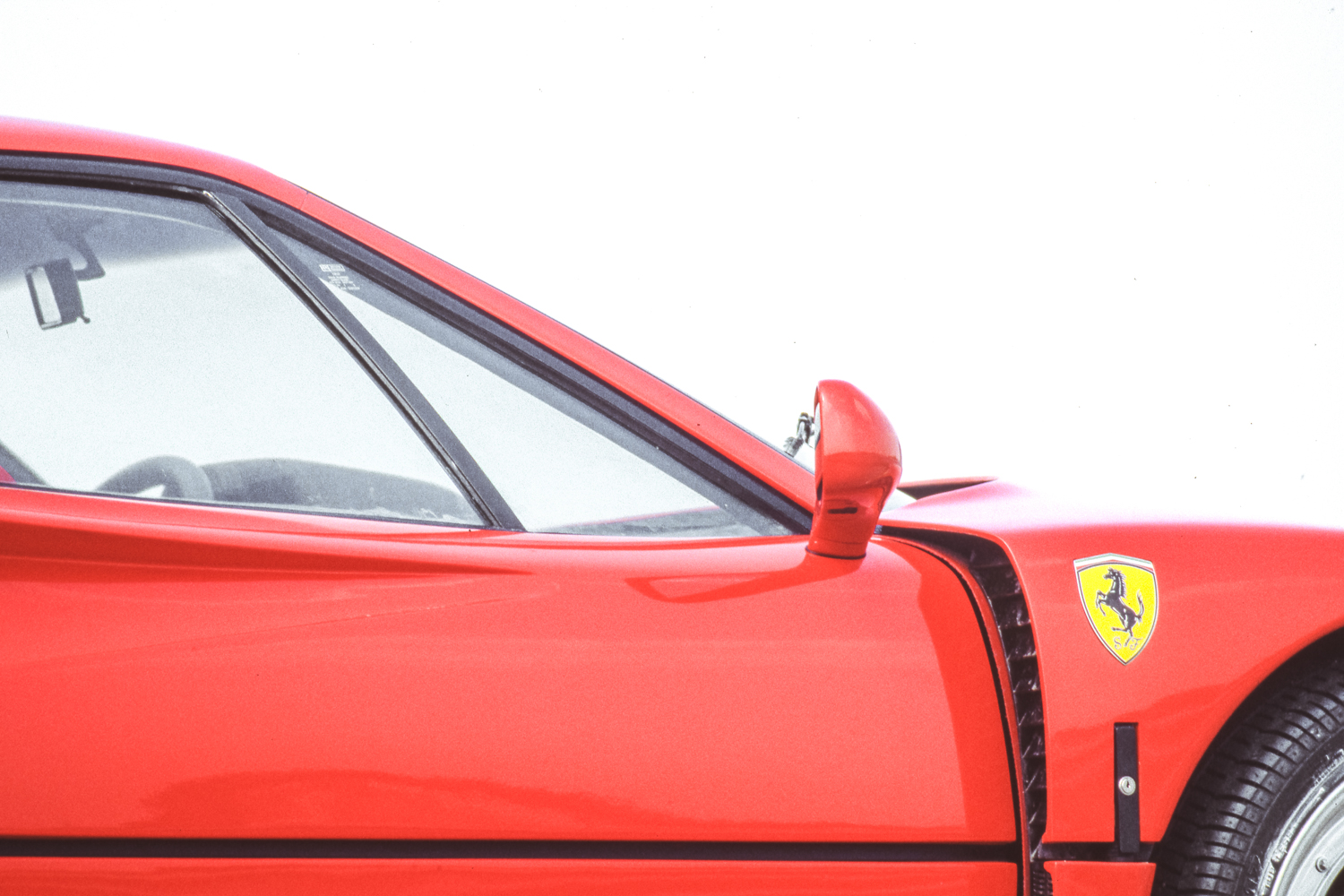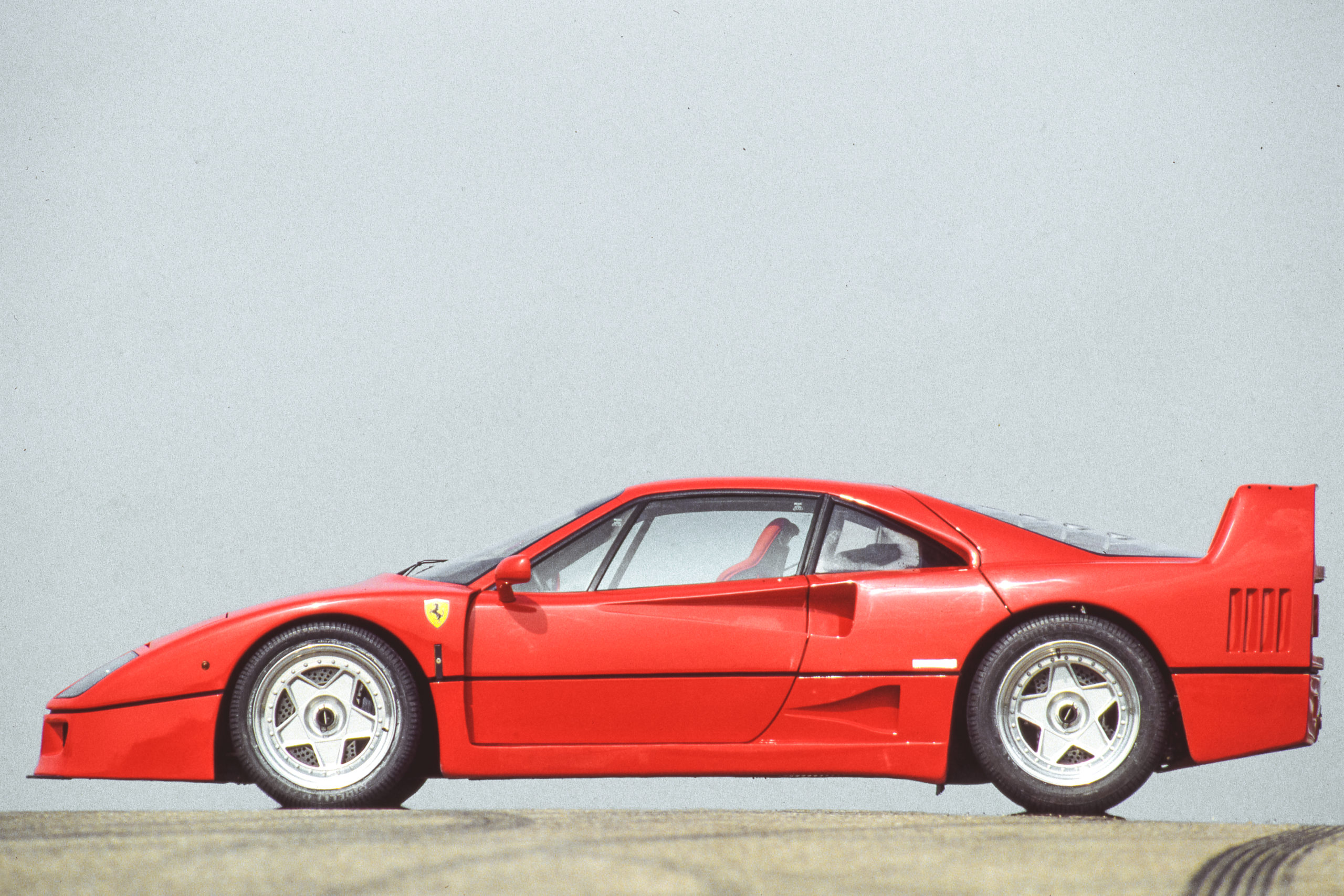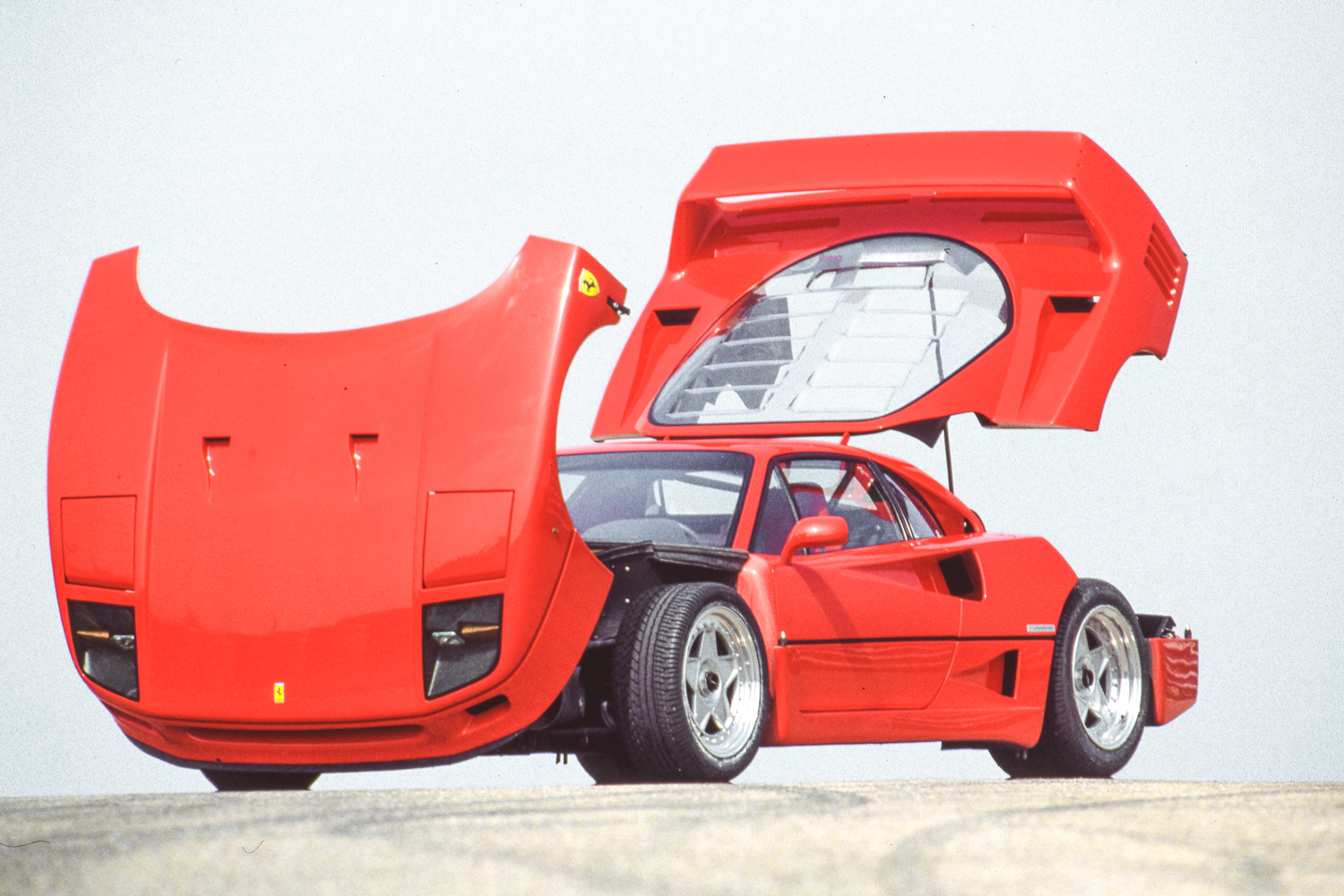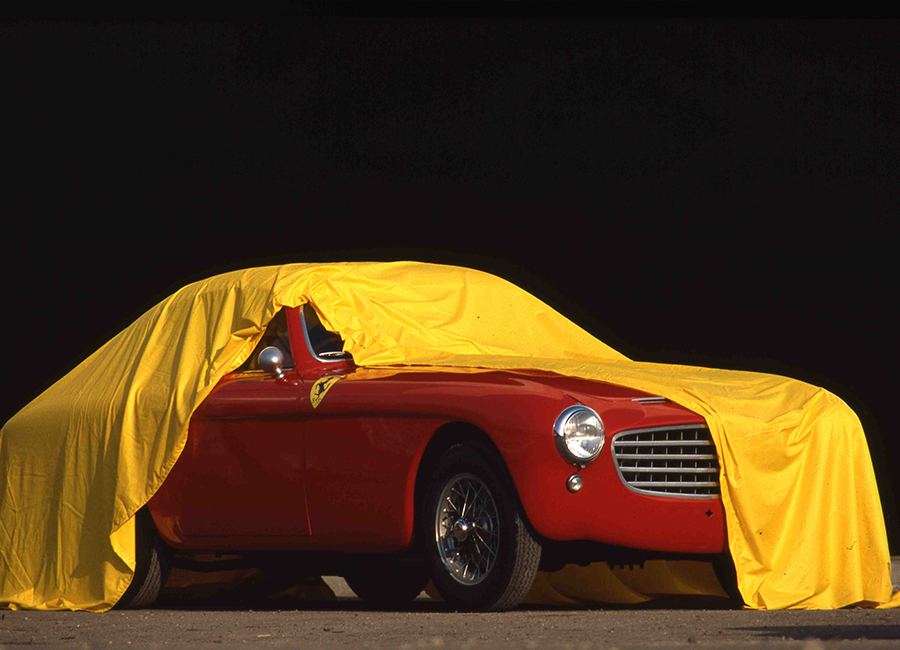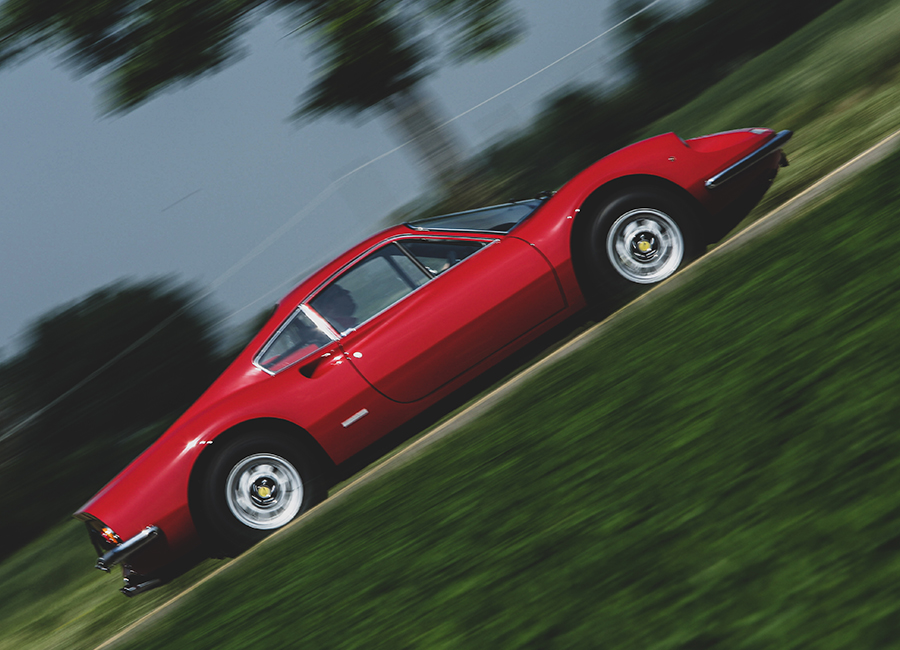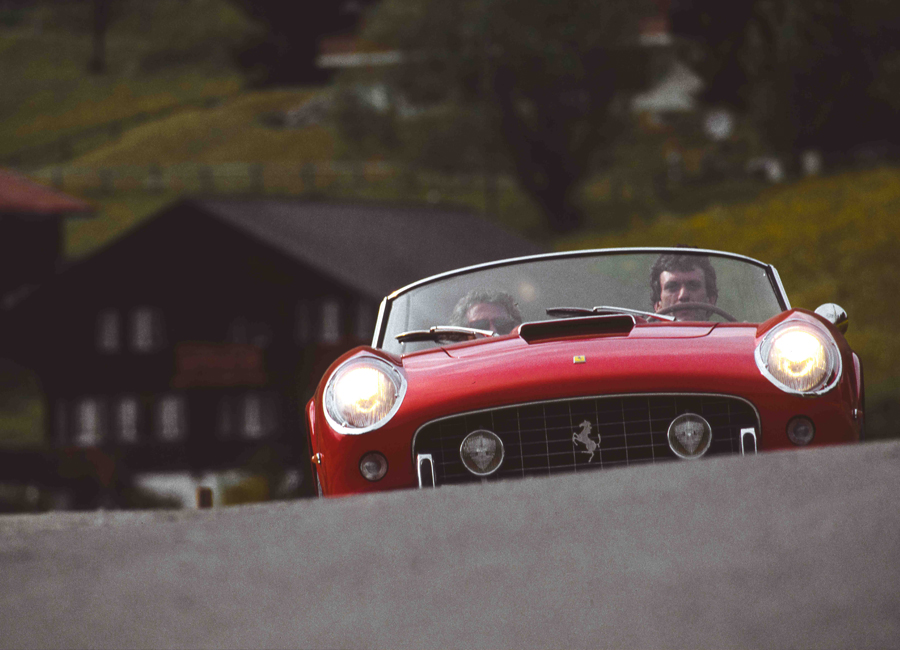THE LAST ENZO FERRARI DREAM
Born to celebrate the 40th Anniversary of the Maranello’s brand, the F40 was pure, sharpened and brutal as a savage horse on the road.
F40 was the last Prancing Horse car that Enzo Ferrari saw before he passed away (August 1988), and it was built in only one year from the project beginning - produced in 1337 examples.
Derived from the 288 GTO (1984) – actually from the evolution of the 288 GTO Evoluzione, a supercar produced in 5 examples for racing in competitions – the Ferrari F40 has a race breed. Featuring a quantity frontal nolders, two Naca scoops on the bonnet, emphasized side air scoop from the doors to the back fenders, and his terrific spoiler on the boot was also an aesthetically an extreme evolution of the 1975’ 308 GTB.
Before its launch were booked yet 900 examples of this “beast” that, in five-year of production (1987 to 1992), was built in 1337 examples. For the project and development of this car, the Engineer Nicola Materazzi (father of the 288 GTO) received a promotion by Enzo Ferrari as chief of the management work. The F40 was, as told, a terrific “beast”, without any type of electronic driving system, and the driver had to control by himself the 478 Bhp supplied by the turbocharged engine.
The first series of the car was provided with an automatic electronic actuator to get lower F40 bodywork, for reaching the maximum speed. However, on the second series, this was possible only thanks to a button that the driver could, eventually, press to rent the car faster. Instead of the 288 Evoluzione that were provided by a brakes distribution system for each axle, the F40 wasn’t equipped by this device hold to be dangerous for the less experienced drivers.
For reducing weight and increase strength has been adopted a bodywork (built by Pininfarina) featuring panels and structures made of Kevlar, carbon fibre, and aluminium. In this way, the F40 weight stops at just 1100 Kg and had high twisting resistance. Moreover, to lower the weight also in the cockpit, F40 did not have a handle (only a cable to pull), sound system, glove box, leather trim, carpets, and door panels. For all its requisites of low weight, power, and torsional resistance, it was able to run the bends at 1,2 G of side acceleration!
The powerful V8 90° unit of 2,396.25 cc was placed longitudinally right behind the shoulder of the driver, it had two IHI Turbocharger and large Behr intercoolers just over the turbines. This engine was capable of pushing the F40 at the speed of 324 Km/h and reach 0-200 Km/h in only 11 seconds. This extreme Ferrari was the state of the art of power!
The specification of Ferrari was to reduce the weight at least 20% in respect of a “normal” sports car with a torsional resistance of not less than three times more! Nicola Materazzi, thanks to his excellent knowledge and experience of turbo engines, managed to give, as told before, a Twin Turbo unit that produced 478 Bhp at 7000 Rpm with a torque of 577 Nm at 4000 Rpm. All the results demanded from Ferrari were reached.
For the extraordinary performance, the F40 braking system was provided by four Brembo self-ventilating discs of 330 mm of diameter, that with such a power to manage, sometimes were in difficultly. However, with an update, this problem was solved. The road rocket Ferrari had a perfect balance for its suspensions setup with double wishbone, derived from 288 GTO and updated. The pleasure of driving an F 40 at its limit was reserved to the expert drivers. Even if Ferrari never intended to take the car racing, the ultimate expression of this iconic V8 has been developed by Michelotto Automobili that turned the F40 into a competitive racing car, named F40 Le Mans. This maniac supercar was lightened to 1050kg and, thanks to larger Behr intercoolers, new cams and new engine management system, it supplies 720hp! Michelotto built 19 examples of the F40 LM and, RM and Sotheby’s sold one of those in Paris 2019 Auction for the extraordinary price of €4,842,500.
Building this monster, the Prancing Horse Factory made the last Enzo Ferrari dream comes to reality.
ENGINEROUTE
THE LAST ENZO FERRARI DREAM
Born to celebrate the 40th Anniversary of the Maranello’s brand, the F40 was pure, sharpened and brutal as a savage horse on the road.
F40 was the last Prancing Horse car that Enzo Ferrari saw before he passed away (August 1988), and it was built in only one year from the project beginning - produced in 1337 examples.
Derived from the 288 GTO (1984) – actually from the evolution of the 288 GTO Evoluzione, a supercar produced in 5 examples for racing in competitions – the Ferrari F40 has a race breed. Featuring a quantity frontal nolders, two Naca scoops on the bonnet, emphasized side air scoop from the doors to the back fenders, and his terrific spoiler on the boot was also an aesthetically an extreme evolution of the 1975’ 308 GTB.
Before its launch were booked yet 900 examples of this “beast” that, in five-year of production (1987 to 1992), was built in 1337 examples. For the project and development of this car, the Engineer Nicola Materazzi (father of the 288 GTO) received a promotion by Enzo Ferrari as chief of the management work. The F40 was, as told, a terrific “beast”, without any type of electronic driving system, and the driver had to control by himself the 478 Bhp supplied by the turbocharged engine.
The first series of the car was provided with an automatic electronic actuator to get lower F40 bodywork, for reaching the maximum speed. However, on the second series, this was possible only thanks to a button that the driver could, eventually, press to rent the car faster. Instead of the 288 Evoluzione that were provided by a brakes distribution system for each axle, the F40 wasn’t equipped by this device hold to be dangerous for the less experienced drivers.
For reducing weight and increase strength has been adopted a bodywork (built by Pininfarina) featuring panels and structures made of Kevlar, carbon fibre, and aluminium. In this way, the F40 weight stops at just 1100 Kg and had high twisting resistance. Moreover, to lower the weight also in the cockpit, F40 did not have a handle (only a cable to pull), sound system, glove box, leather trim, carpets, and door panels. For all its requisites of low weight, power, and torsional resistance, it was able to run the bends at 1,2 G of side acceleration!
The powerful V8 90° unit of 2,396.25 cc was placed longitudinally right behind the shoulder of the driver, it had two IHI Turbocharger and large Behr intercoolers just over the turbines. This engine was capable of pushing the F40 at the speed of 324 Km/h and reach 0-200 Km/h in only 11 seconds. This extreme Ferrari was the state of the art of power!
The specification of Ferrari was to reduce the weight at least 20% in respect of a “normal” sports car with a torsional resistance of not less than three times more! Nicola Materazzi, thanks to his excellent knowledge and experience of turbo engines, managed to give, as told before, a Twin Turbo unit that produced 478 Bhp at 7000 Rpm with a torque of 577 Nm at 4000 Rpm. All the results demanded from Ferrari were reached.
For the extraordinary performance, the F40 braking system was provided by four Brembo self-ventilating discs of 330 mm of diameter, that with such a power to manage, sometimes were in difficultly. However, with an update, this problem was solved. The road rocket Ferrari had a perfect balance for its suspensions setup with double wishbone, derived from 288 GTO and updated. The pleasure of driving an F 40 at its limit was reserved to the expert drivers. Even if Ferrari never intended to take the car racing, the ultimate expression of this iconic V8 has been developed by Michelotto Automobili that turned the F40 into a competitive racing car, named F40 Le Mans. This maniac supercar was lightened to 1050kg and, thanks to larger Behr intercoolers, new cams and new engine management system, it supplies 720hp! Michelotto built 19 examples of the F40 LM and, RM and Sotheby’s sold one of those in Paris 2019 Auction for the extraordinary price of €4,842,500.
Building this monster, the Prancing Horse Factory made the last Enzo Ferrari dream comes to reality.
ENGINEROUTE


